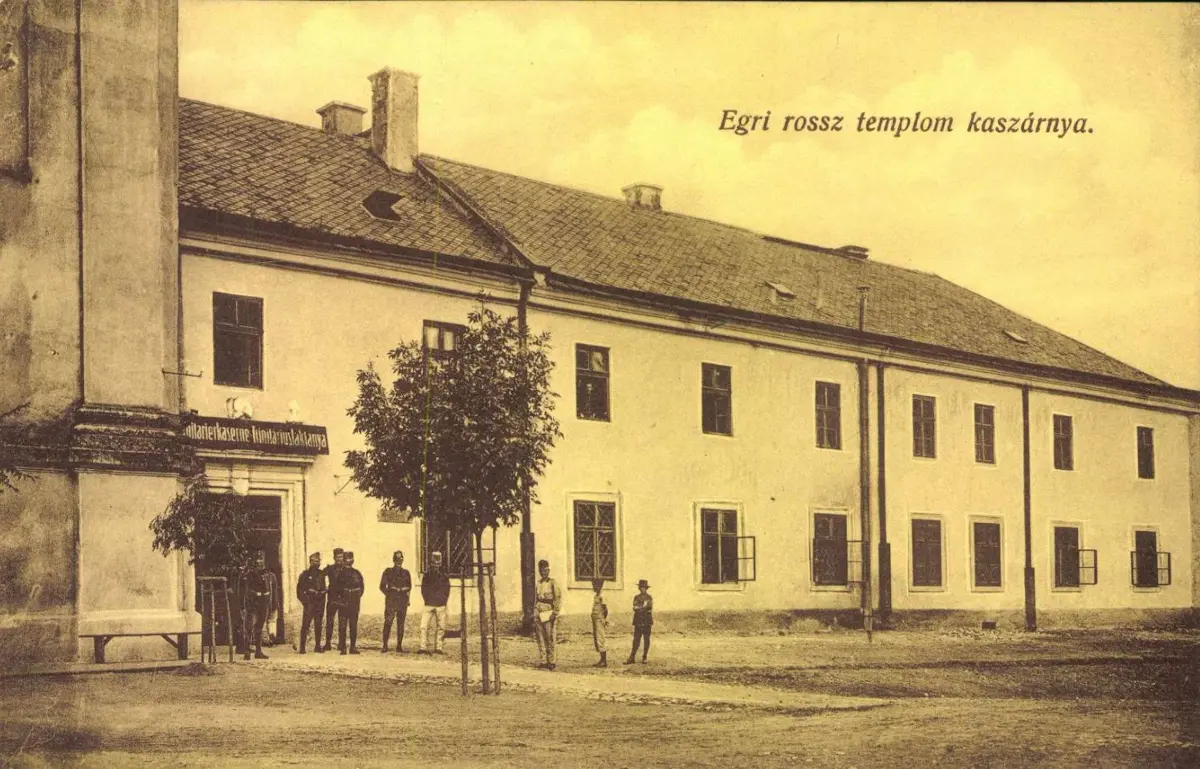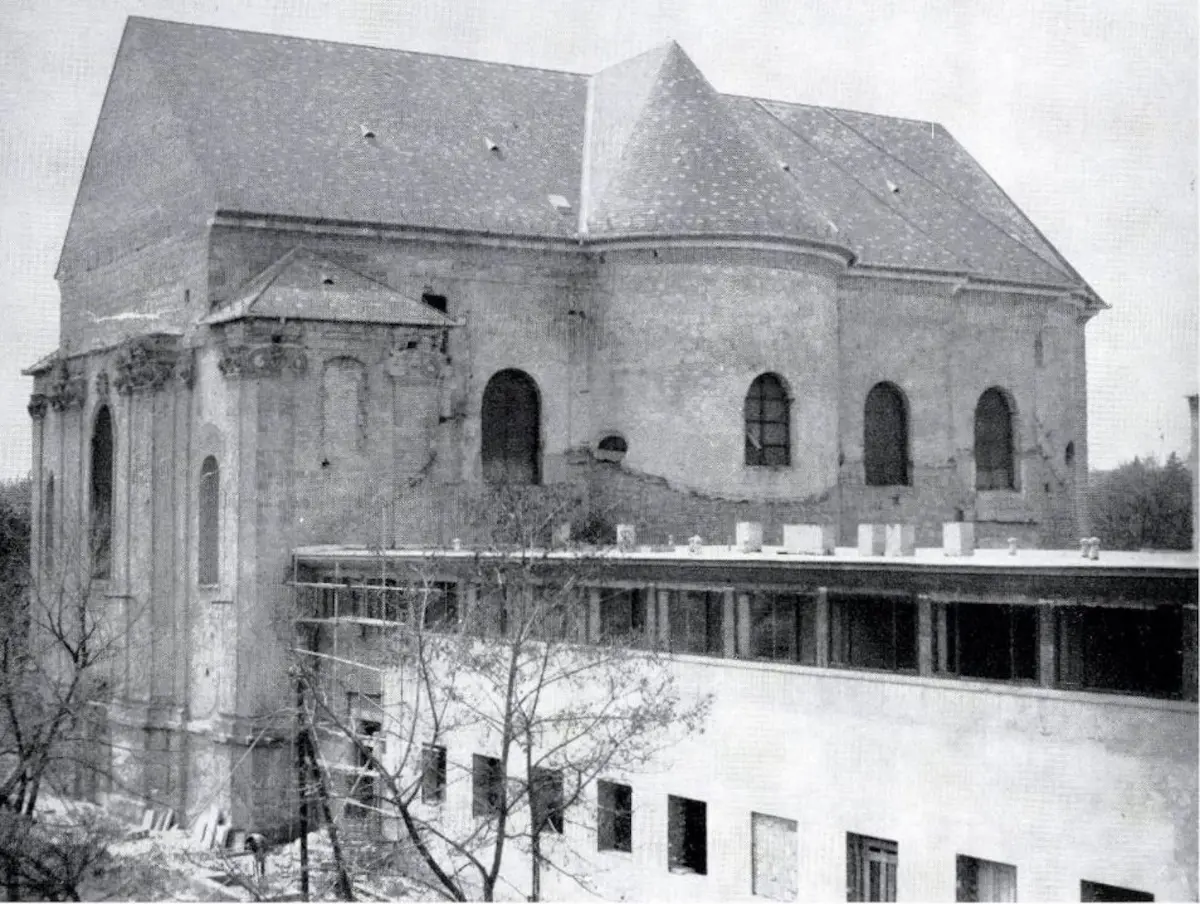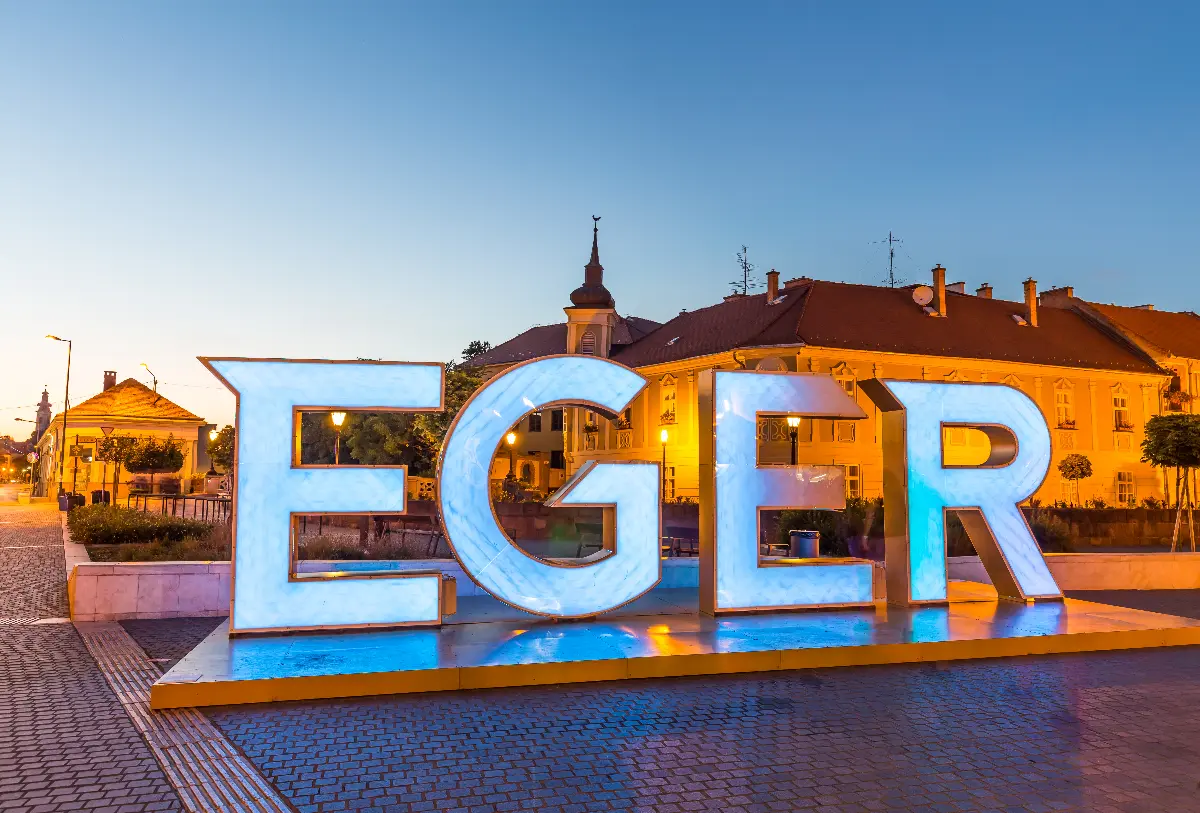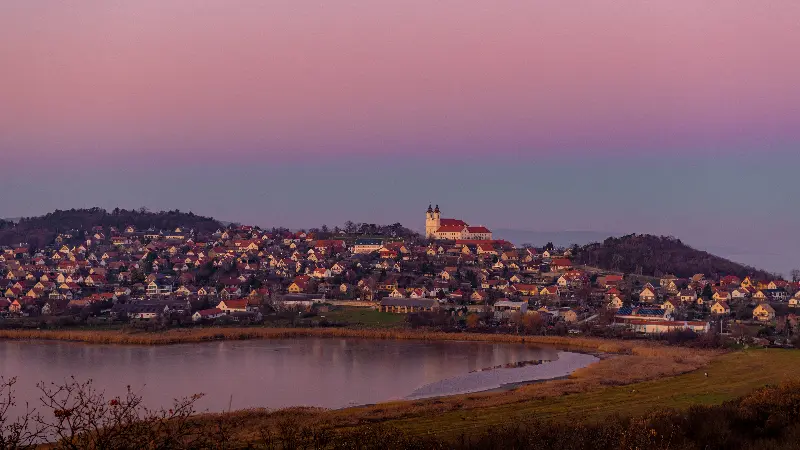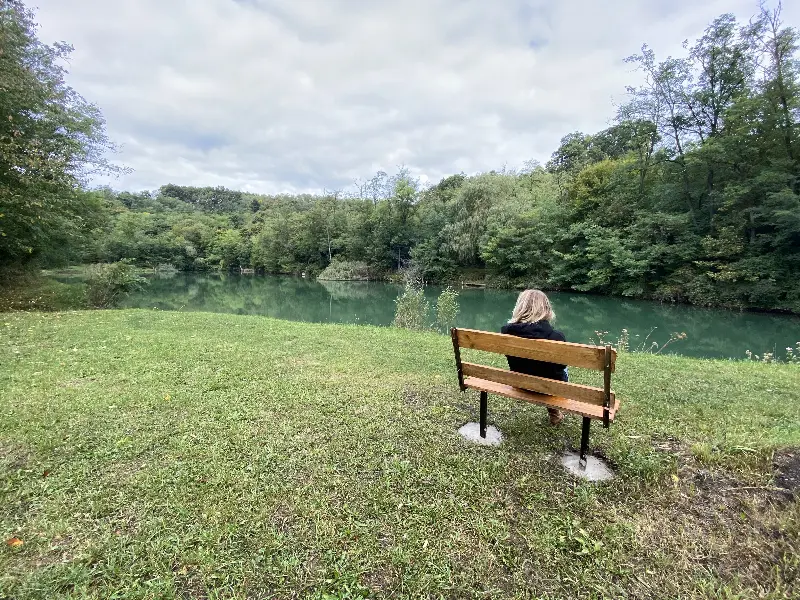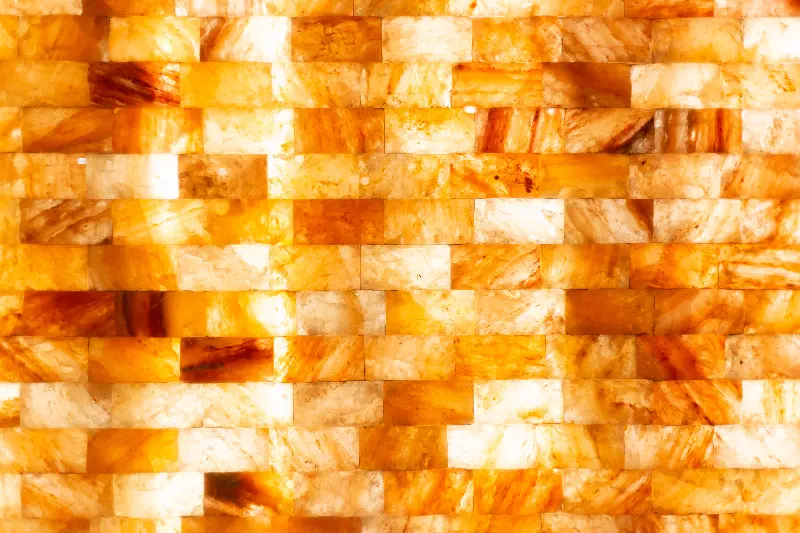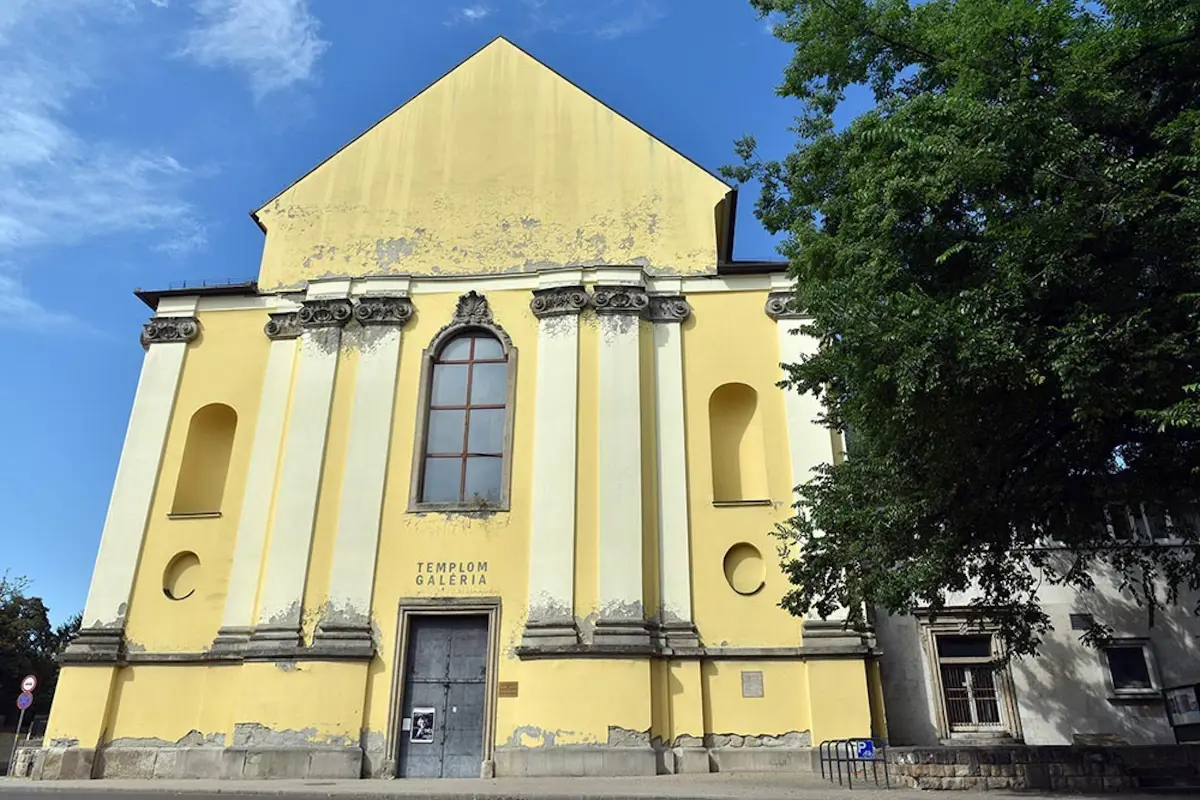
Helyszín címkék:
The Metamorphosis of Eger's “Bad Church”
Bóday Csilla
It isn’t commonplace for a church to be used as a gallery. What makes it suitable for this function?
Our beautiful gallery of approximately 650 square metres open from the spring to autumn months, we present the works of the greatest Hungarian contemporary fine artists. The church’s huge space and walls are uniquely suitable for presenting large-sized artworks. The artworks exhibited in the sacred space are transfigure, with an effect that is enhanced by the sunrays coming through the elevated widows.
What do we know about the past of the “Bad Church”?
The building was constructed by the Trinitarian order settled in Eger in 1717 and planned by Baroque master Kilian Ignaz Dietzenhofer of Prague. During the great fire of 1763 – still in a semi-finished state – it was severely damaged, so it was only completed in May of 1771; this was when the first solemn church service was celebrated in it. In 1784, Joseph II dissolved the order, the furnishings of the church and the monastery were auctioned off and the church building was used as a warehouse. During the construction of the Basilica, holy masses were temporarily celebrated at the church and until 1945 the building served military purposes and the military headquarters used it as food warehouse before it was converted into barracks. Unfortunately, the church building was further damaged during the war. In 1958, the building was renovated, however, despite the plans, it couldn’t be used as a museum. Subsequently, it accommodated the city’s second movie theatre, the Bródy Cinema. After the change of regime it was renovated and housed a nightclub and disco. Today it serves as a gallery.
Is the Church Gallery more of a sacred-spiritual or a secular-cultural exhibition space?
The building has not been used for religious purposes for a long time, however, the space evoking a sacred environment presents a great challenge and opportunity for artists as the artworks are presented in a special context. Completely secular artworks, even presentations and performances have already been hosted in the building. For example, it has also accommodated the ArtAlom Festival which is known for featuring special effects, provocative gestures and pushing boundaries. University students and famous artists have exhibited their various artworks at the building on several occasions. Two years ago, Catholic painter and thinker Nikolaus Hipp presented his works at the Church Gallery, so the sacred nature of the space was again in the focus of the exhibition.
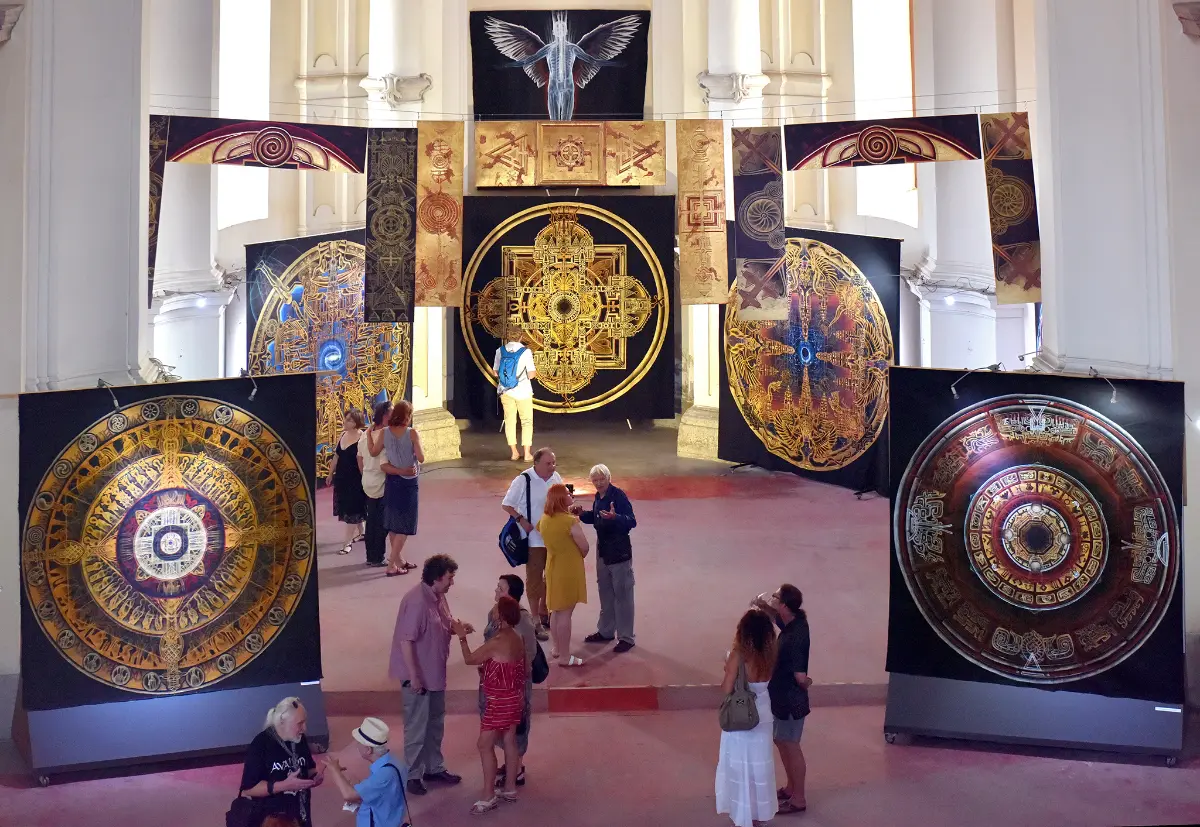
Do you make use of the special lighting conditions and acoustics of the church building during your events?
There have been many examples of this, as most of the exhibiting artists plan their exhibition on a specific theme tied to the building. Organist Lóránt Réz presented his work Harmoniae Universales at the gallery, which was composed on the basis of the hieroglyph-like symbols of the Gesú Nuovo church of Naples. The ‘Dante Ritual’ exhibition of sculptor Gábor Miklós Szőke consisted of works of art that presented a dark, grotesque world, coupled with an installation featuring fashion elements exploiting the site’s potentials and a happening-like organ concert for those attending the opening.
What are the restrictions and additional opportunities of planning an exhibition in a church converted into a gallery?
The previously mentioned limited opening period, and the special acoustic properties and lighting conditions can sometimes pose a disadvantage. The huge space can be both an advantage and disadvantage in terms of the size, type, technique and exhibition options for certain artworks. The space can be ideal for larger artworks and is rather attractive for live art performances.

